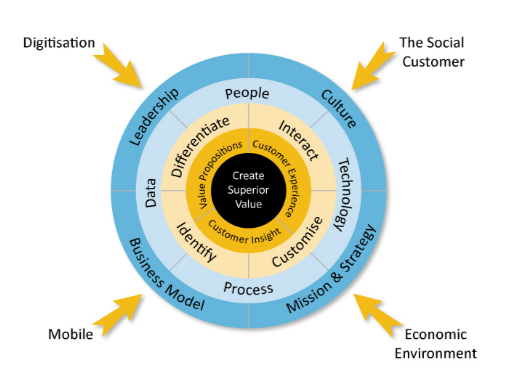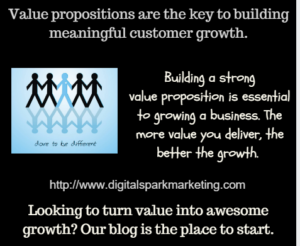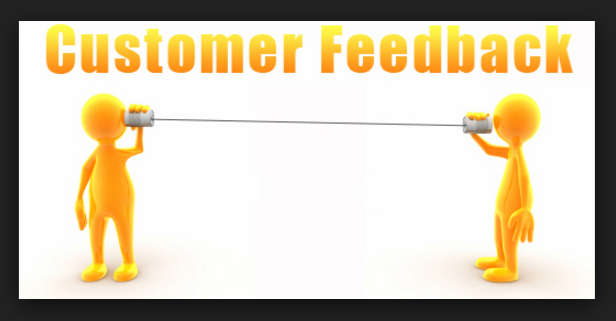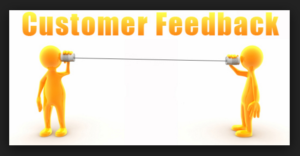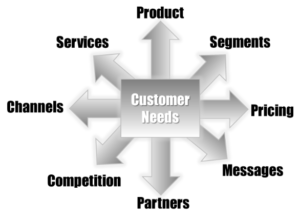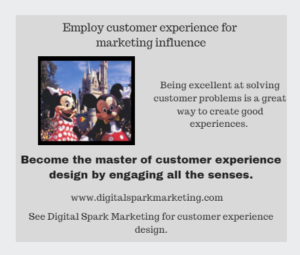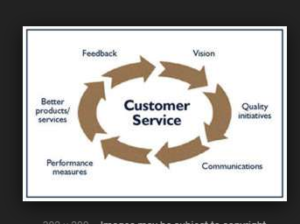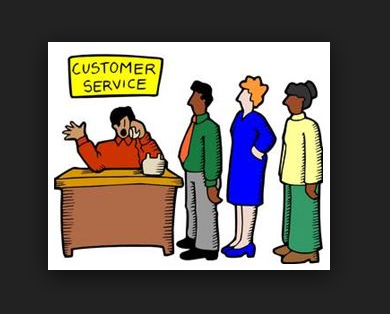Ever wish you were better at building successful customer influencing? You can be. All it takes is practice and desire.
I know this from experience. When I first got involved in the writing I quickly learned a few things about freelance writers. They’re (mostly) brilliant. They’re creative and articulate, accustomed to living literally by their wits. But for the most part, they are not joiners. They’re self-motivated, self-directed, and not inclined to go with the flow (or else they’d be working in an office somewhere). They’re individualistic and can be cantankerous. And here I was, trying to get them to follow my lead.
My first initiative was an internal market to match volunteers with volunteer jobs. It didn’t go well. The people giving out jobs either didn’t want new volunteers or didn’t want to put their jobs in my market. They didn’t want to hear from me or the volunteers I’d recruited. Despite my best efforts, the project fizzled out. I couldn’t figure out how to sway them.
It’s been 15 years since then, and I’m now president of Digital Spark Marketing, which is a job that still in large part consists of getting businesses to follow my lead. And sometimes to set aside their strongly held opinions for the good of the organization. I couldn’t do it if I hadn’t learned a few things over the years about how to get people on my side. Here are my best ten tips on improving influencing:
Spend lots of time listening
Even if you already know what people are going to say, and even if there’s no way you can do what they want, start by listening. Being listened to is one of the things they want–that’s true of just about everyone. That was one mistake I made on my first project: I had listened to people who wanted to volunteer, but not to those who had volunteer jobs to offer. I assumed they’d be happy to have new volunteers, but I was wrong.
Don’t fear letting your own guard down
It’s always tough to know just how much of your personal life it’s OK to share in a business context. Many people err on the side of caution by sharing little or nothing about themselves. Instead, decide what you feel comfortable having other people know, and then give them a few details. You’ll make other people feel safer and engage their human side.
Ask lots of questions
Not only because everyone wants to be listened to. Careful questioning will help you determine what people really want, which is often different from what they say they want. It will also tell you what they have to offer.
Give praise when you can
Most of us never get enough praise for the things we work hard to do. So if you want to influence someone, make sure to call out what he or she has done well and how he or she has contributed to your organization or your well-being. Do it in public if you can.
Make relationships matter
Look for ways to connect that have nothing to do with the work at hand. Maybe they have children the same age as yours, or they live somewhere you’ve vacationed, or you share the same hobby. Even if none of that’s true, you can still make a bit of a connection on the basis of universal experiences. For instance, right now a large portion of the United States is suffering through extreme winter weather.
Never miss a chance to say thank you.
Think hard about who’s helped you or put him- or herself out, and make sure to thank him or her. That makes it much likelier he or she will put him- or herself out again for you next time.
Never fear apologizing
If you hate apologizing, get over it. An apology is one of the most powerful tools you have for winning people to your side. If a decision you made caused someone inconvenience or upset, an apology lets him or her know that you care. That’s true even if you don’t regret the decision itself but only the harm it caused him or her.
(One word of caution: Don’t ever apologize, praise, or thank unless it’s sincerely how you feel. People can tell when you’re faking, and it will backfire.)
Strive to do what people want
Obviously, this isn’t always an option. But if you can figure out what people really want or need and make sure they get it, they’ll be that much more likely to give you what you need from them.
Always let people save face
Sometimes you know that someone would be disastrously bad at a job he or she wants. Should you say so? Unless you’re giving him or her feedback with a view to his or her being qualified later on, don’t. You’re better off giving that person a more palatable out. For instance, you’ve already promised the job to someone else.
Be the first to pick up the phone
Do you find yourself getting and making a lot fewer phone calls than you used to? With email, text, and social media, I do. But there are times when a phone call or face-to-face communication makes a big difference. One of those is if you have disappointing news to deliver. Another is if you are asking someone to take on a bigger role or added responsibility.
On the phone, you can answer any questions he or she has or listen to any venting he or she may need to do in real time. You’ve stepped away from your other duties to spend time with him or her. That lets him or her know you really care about whatever you’re calling for. It’s a powerful way to make him or her care, too.
The bottom line
“The value of an idea lies in the using of it .”
You have an influencing idea that will change the world? Well, it’s not worth anything unless you can turn that idea into a reality. So take the plunge and see just how far that idea can take you. Or, you can sit around trading advice over the internet.
The choice is yours.
Now, what about you and your business? What are some of your ideas for collaboration and potential partnerships?
And what’s the conclusion? The conclusion is there is no conclusion. There is only the next step. And that next step is completely up to you.
It’s up to you to keep improving the growth hacking of your business. Lessons are all around you. In many situations, your competitor may be providing ideas and or inspiration. Or maybe offering to collaborate. But the key is in knowing that it is within you already.
All you get is what you bring to the fight. And that fight gets better every day you learn and apply new lessons.
When things go wrong, what’s most important is your next step.
Test. Learn. Improve. Repeat.
Are you devoting enough energy to improving your growth hacking for your team?
Mike Schoultz is the founder of Digital Spark Marketing, a digital marketing and customer service agency. With 40 years of business experience, he blogs on topics that relate to improving the performance of your business. Find him on Twitter, and LinkedIn.
Digital Spark Marketing will stretch your thinking and your ability to adapt to change. We also provide some fun and inspiration along the way.
Check out these additional articles on local business and its performance in our library:



